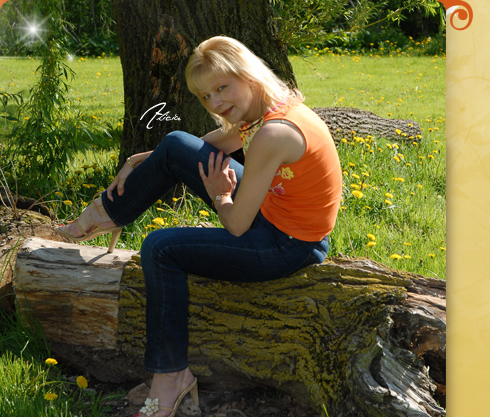TL evaluation process
What exactly is Thermoluminescence?
Whenever a tiny test of ancient pottery is heated it glows having a faint light that is blue called thermoluminescence or TL. During its life time the pottery absorbs radiation from the environment and it’s also this which produces thermoluminescence. The older the pottery, the more radiation this has consumed as well as the brighter the pottery test glows. By calculating the TL, we are able to determine exactly how radiation that is much been consumed and make use of these details to calculate the approximate chronilogical age of the pottery.
Planning
Powder examples
Powder examples (from pottery and bronze cores) are blended with acetone and permitted to settle, to ensure fine grains, approximately 1/100mm. diameter, could be chosen. These grains are deposited and dried out onto aluminium discs (for fine-grain analysis) or rhodium (for pre-dose analysis). Any staying powder is dried and useful for radioactivity dimensions to accomplish the calculation czy tsdates dziaЕ‚a that is dating.
Porcelain cores
Porcelain cores are glued into slim hollow pipes. Once the glue is dry, they truly are cut into pieces 1/4mm dense having a fine diamond blade.
The blade is water cooled to avoid overheating. Each piece is wet in acetone after cutting to eliminate the glue. Pieces are then prepared for TL dimension. The residual core is crushed and employed for radioactive analysis to accomplish the dating calculation.
Dimensions
We now have 3 completely automatic, computer operated Riso Minisys TL readers for calculating the TL. Test discs are installed on a wheel therefore the readers are programmed to perform heating and irradiation sequences. The TL is measured utilizing painful and sensitive detector known as a photomultiplier tube. The total quantity of radiation the pottery has consumed during its life time could be calculated through the TL. The dose that is annual of radioactivity in the pottery may be calculated within the laboratory making use of counters. From all of these dimensions we are able to get an age that is approximate the piece.
Fine Grain technique
The examples are heated in addition to information seems being a graph of TL against heat, called a glow-curve.
The examples are irradiated within the laboratory having a understood radiation dosage and heated to produce another glow-curve. By comparing the glow-curves we are able to determine the dosage of radiation consumed by the piece during its life time. Radioactive measurements regarding the clay informs us exactly just just how much radiation the piece receives every year. This allows us to determine the age that is approximate of piece. Using TL we could observe that one of these ‘fat women’ is genuine therefore the other is a copy that is modern.
Glow-curve from genuine Fat Lady
Glow-curve from modern Fat Lady
Both for pieces: bend (a) may be the TL emitted by an example of powder extracted from the thing, bend (b) is a laboratory induced curve that is glow-curvec) could be the back ground. The ancient piece : (a) is means over the background (c), and approximately midway between background and (b) the present day piece : (a) is right above the background (c) and way below (b)
The Pre-dose Method
Porcelain and particular other kinds of clay can’t be tested with the fine-grain technique. We then need to use the pre-dose technique. The TL audience is programmed to determine alterations in the 110 o C top of quartz (the pre-dose top) within the clay. Each and every time the sample is irradiated and then heated, the peak that is pre-dose. The rise is regarding radiation dosage. The increase that is first because of the normal dosage that your piece has consumed over its life-time. The test will be offered a laboratory irradiation and a 2nd enhance is calculated.
from the dimensions we are able to determine the chronilogical age of the piece.
Glow curve from ancient piece
Glow curve from contemporary piece
The black colored bend is the back ground (base-line) dimension The red and blue curves are the archaeological TL signals The green bend is through the used laboratory dosage For the genuine vase, the archaeological signal(s) are very well over the history and near to the sign through the used laboratory dose. The archaeological signal is barely above background and well below the TL signal from the applied laboratory dose for the modern vase.
TL minerals in ancient pottery shining since they are heated
